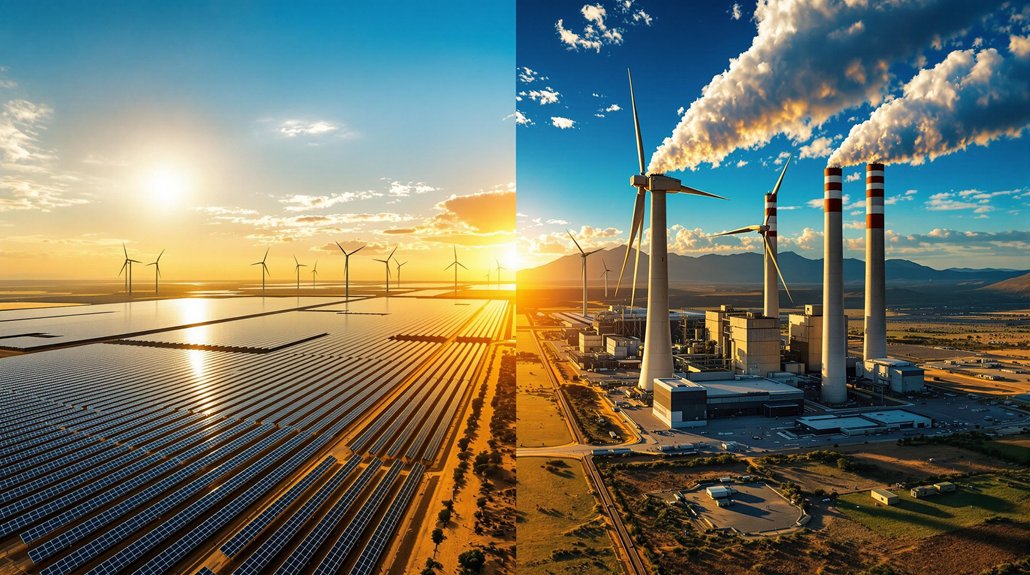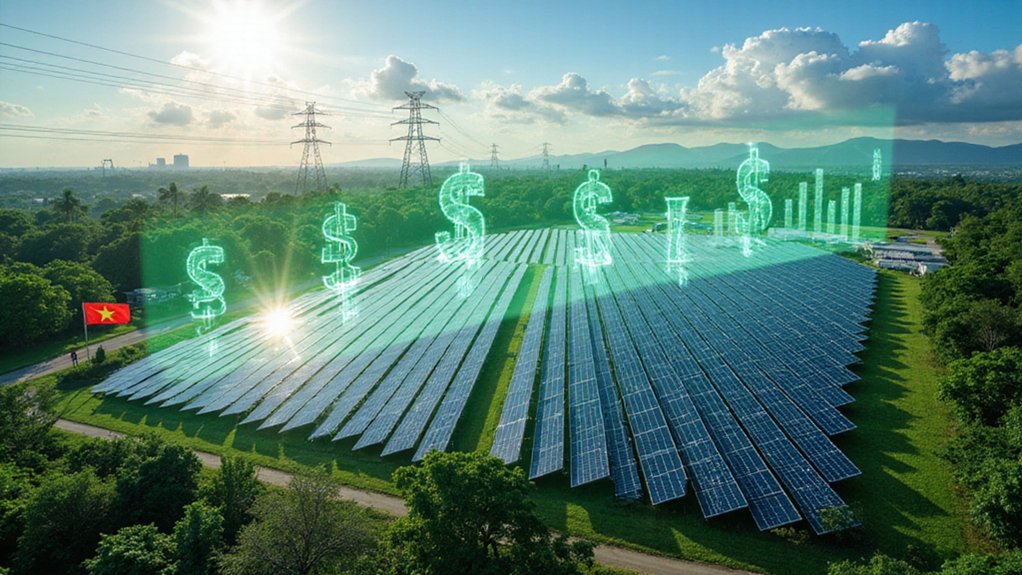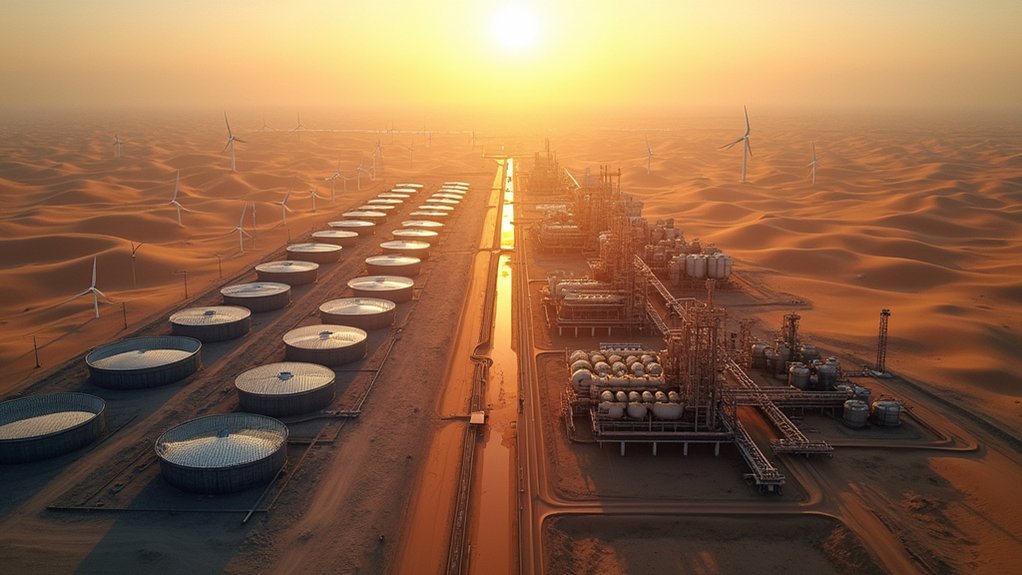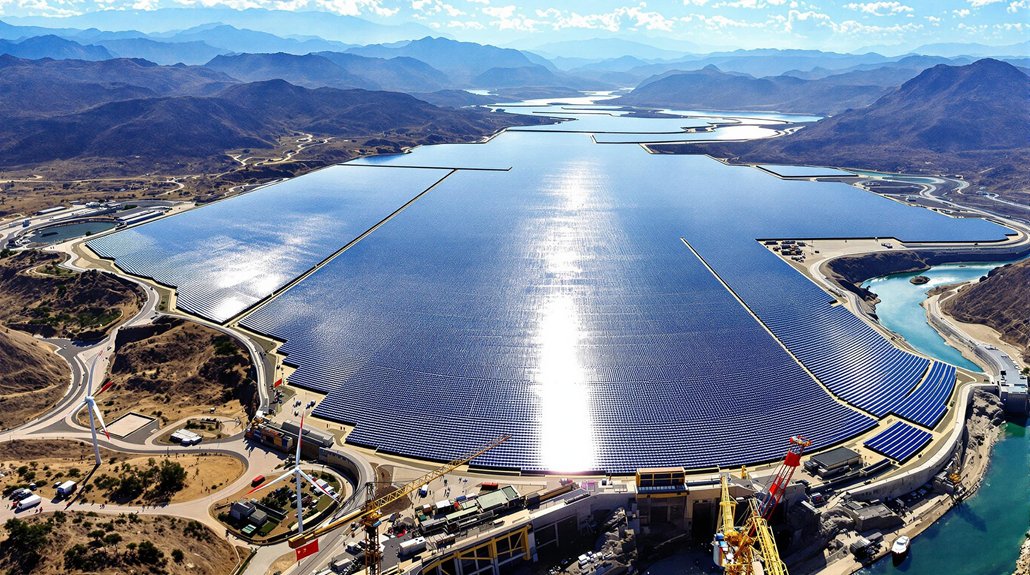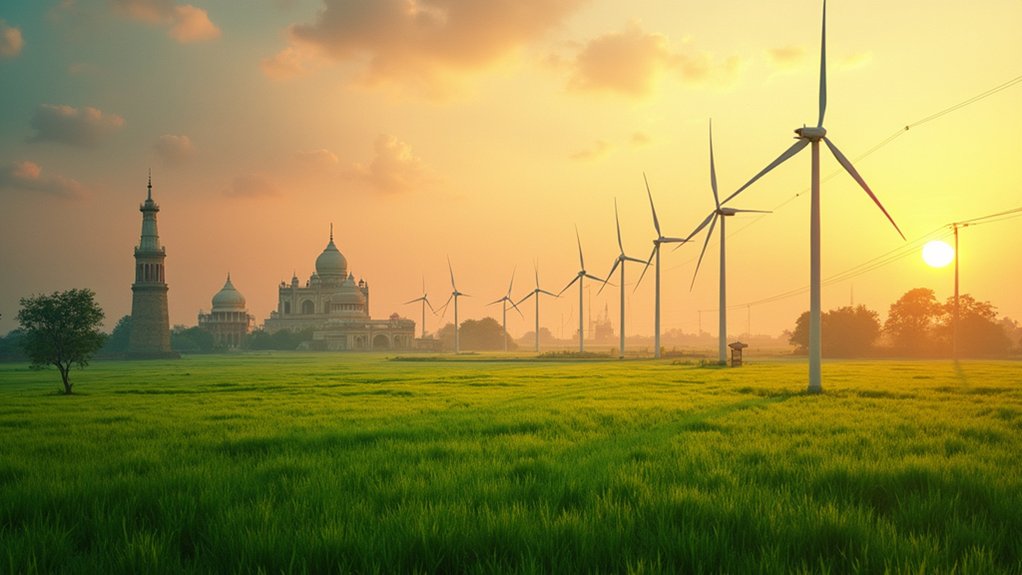South Africa’s renewable revolution marches on, despite global political noise. The nation targets 42% green electricity by 2030, investing $209 billion in private sector funding while an $8.5 billion international partnership accelerates coal phase-out. Eskom’s struggles and infamous blackouts haven’t stopped progress—regulatory changes now allow private generation up to 100MW without licensing. With 2,500 annual sunshine hours and massive wind potential, South Africa’s green shift isn’t just talk. The numbers tell the story.
Countless South Africans have suffered through rolling blackouts for years. The country’s electrical grid? A joke that stopped being funny long ago. But despite Trump’s coal-loving rhetoric having zero influence here, South Africa is charging ahead with what might be the continent’s most ambitious energy transformation.
By 2030, a staggering 42% of the country’s electricity will come from renewable sources. Not bad for a nation historically wedded to coal mining. They’re planning to install 17.8 gigawatts of solar and 17.7 gigawatts of wind capacity within the same timeframe. Numbers that actually mean something.
South Africa isn’t playing games – 42% renewable power by 2030, with concrete plans for massive solar and wind capacity.
Since launching the Renewable Energy Independent Power Producer Procurement Programme in 2011, South Africa has secured over 6,300 MW of renewable capacity. Private sector money? Flowing in. R209 billion worth. That’s created 59,000 job-years. Real work, not empty promises.
The Just Energy Transition Partnership is no small potatoes either. $8.5 billion to accelerate the shift away from coal, potentially preventing up to 1.5 gigatonnes of emissions over two decades. Coal plants won’t just be abandoned – they’ll be repurposed. Smart.
Energy storage is getting serious attention too. Over 500 MW of battery capacity is coming online by 2023, with much more planned. They’ve already got 2,912 MW of pumped storage. Because solar panels don’t work at night. Obvious, right?
Even green hydrogen is on the menu, with 54 projects in development. Someone’s thinking ahead.
Sure, there are hurdles. The grid needs work. Skills are lacking. Eskom, the state utility, is practically bankrupt. But regulations are changing. Private generation up to 100 MW now doesn’t need a license. The carbon tax is real and rising. The transition is creating substantial job opportunities as the renewable sector typically pays 25% above median wages while growing twice as fast as the overall job market.
South Africa isn’t waiting for anyone’s approval. They’re building an energy future that works for South Africans. No debates needed. Just action. And with South Africa enjoying 2,500 hours of sunshine annually, they’re ideally positioned to capitalize on solar energy’s potential. The transformation is being supported by key regulatory changes in 2022 that established a national framework for the electricity market liberalization.
